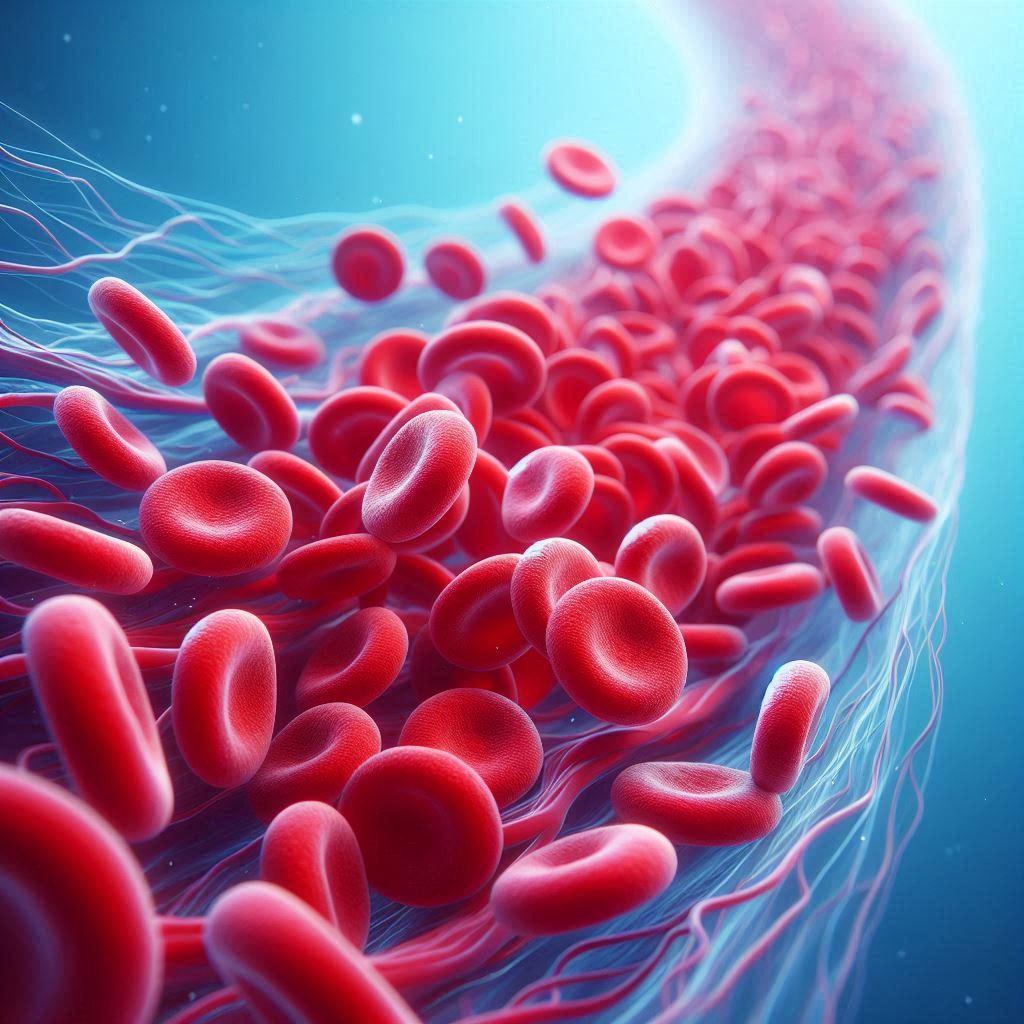
As a midwife, one of the most fascinating aspects of pregnancy I love sharing with parents is how their baby's circulation works in the womb. Your baby's circulatory system is beautifully designed to support their growth and development before birth, and it functions quite differently from how it will after they take their first breath.
Before we jump into how fetal circulation works though, let's make sure to have a basic understanding of how adult circulation works or more accurately, how the circulatory system after birth looks like.
These two loops are kept separate by the heart and the flow moves in one direction when everything is functioning optimally. As we learn how the fetal circulation is different, you will understand how sometimes there can be issues when the baby doesn’t transition properly and make the changes it’s supposed to at birth.
Before birth, your baby does not breathe air—their oxygen comes directly from your placenta through the umbilical cord. The placenta acts as a lifeline, supplying oxygen-rich blood and essential nutrients while removing waste products like carbon dioxide. Unlike adults, who rely on their lungs to oxygenate blood, a baby in utero has a unique circulatory system that bypasses the lungs. Three special structures make this possible: The moment your baby takes their first breath, an incredible transformation occurs. The lungs expand, and oxygen levels rise, the systemic vascular resistance (pressure in the blood vessels) rises, causing these bypass pathways to close. The foramen ovale seals, the ductus arteriosus constricts, and blood is now directed through the lungs for oxygenation—just like in an adult. Learning about fetal circulation helps you understand this incredible design of fetal development and reassures parents about the transition their baby is going to make at birth. Specifically, so baby's transition to extra uterine life occurs. It may sometimes take them a moment to adjust and transition, which is why they look a little bluish when they first come out and then slowly and progressively pink up. For this reason, it is recommended to keep the umbilical cord intact as long as possible because they are still getting oxygen from the placenta/birthing parent, as they start to slowly expand their lungs and take those first breaths on their own. Babies work so hard on their journey from the womb to the outside world, it is our job to support them as they do so.
The circulatory system is responsible for moving blood, oxygen, and nutrients throughout the body and it does so via two loops:
How Fetal Circulation Works
Changes at Birth
Sources

